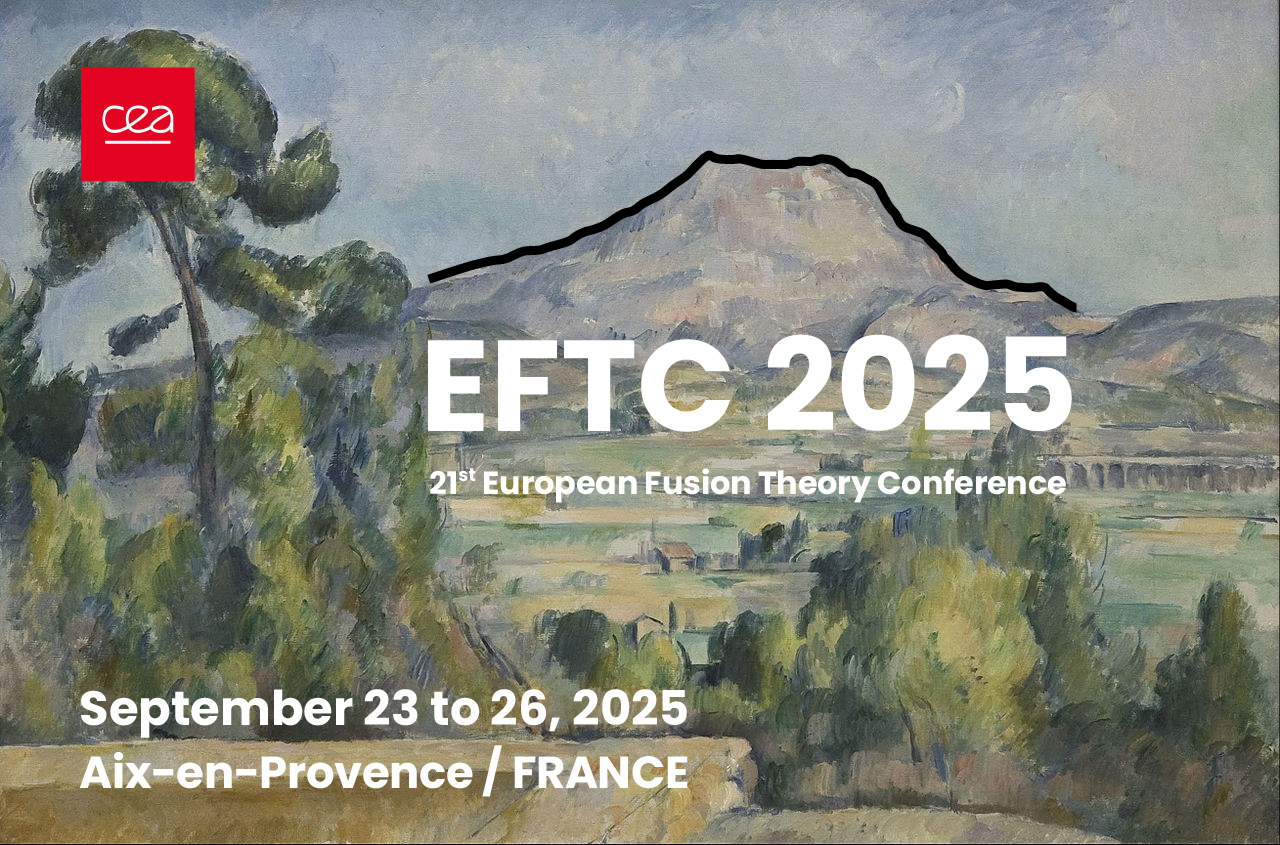Speaker
Description
Gyrokinetic codes are currently the most advanced numerical tools for simulating turbulence in to-kamak plasmas. The code Gysela [1], written in Fortran 90 and developed for more than 20 years, is one of the flux-driven gyrokinetic codes available worldwide. However expanding this code to use more complex mathematical methods such as non-uniform points (vital for handling the different magnitudes of physical quantities in the core and edge regions), and increasingly complex geometries (geometries including both closed and open field lines, and potentially stellarator geometries) has proved to be challenging and sometimes error-prone. The challenges of such extensions are further amplified when trying to organise such a code for use on new GPU architectures, necessary for ex-ascale simulations. This is a challenge shared by other gyrokinetic codes.
For these reasons, the development of a new code was started two years ago, named Gysela-X++, from scratch in modern C++, using MPI and Kokkos [2] to handle parallelism. This choice allows the code to run natively on CPUs and GPUs and thus benefit from the capabilities of exascale supercomputers. Some of the algorithms of this new code are directly taken from the legacy code in Fortran and translated to C++/Kokkos, while other parts of the algorithm are completely refactored to alleviate the restrictions of the Fortran code.
The code is split in two parts: a library of operators "Gyselalib", and a set of independent simulation codes built on top of it. A first version of the code is now available. It simulates axisymmetric toka-mak plasmas and is therefore 4D. This axisymmetric version, named Gysela-axi, is a major milestone as it will serve as the basis for the parallel development of multiple new physics features, most nota-bly tokamaks with X-points, stellarators and neutral physics. In addition, it will permit optimizations efforts and the development of new numerical capacities, including non-uniform grids, in situ diag-nostics and anomaly detection to handle the simulation.
In this contribution, we will present the main features of the Gysela-axi code. Benchmarks against theoretical predictions on the geodesic acoustic mode dynamics and neoclassical physics will be presented. We will also review the numerical capabilities of the code, and discuss the main developments foreseen in the near future for Gysela-X++, the full 5D version of the code.
Biblio:
1. V. Grandgirard et al., « A 5D gyrokinetic full-f global semi-Lagrangian code for flux-driven ion turbulence simulations », Computer Physics Communications 207 (2016) 35–68
2. C. Troot et al., «Kokkos 3: Programming Model Extensions for the Exascale Era», IEEE TRANSACTIONS ON PARALLEL AND DISTRIBUTED SYSTEMS, VOL. 33, NO. 4, APRIL 2022 805

